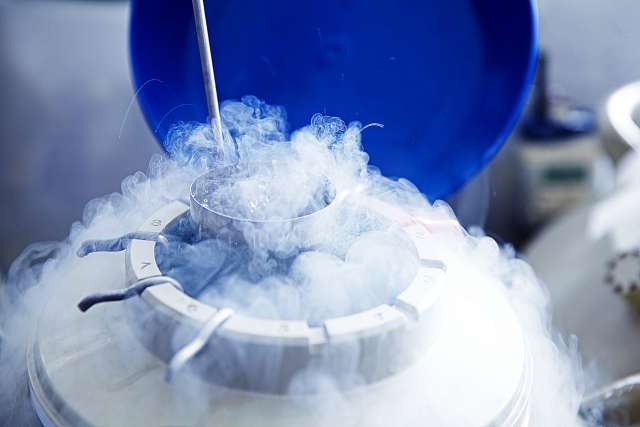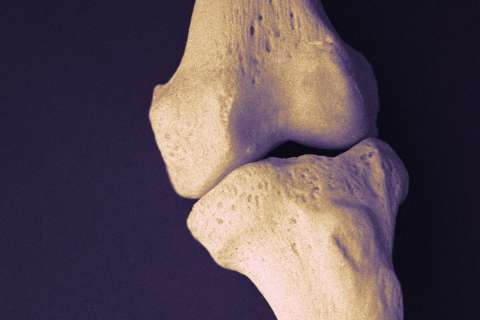Dear Doctors: My sister was diagnosed with cancer, and her doctors say she should consider freezing her eggs. It’s not definite that the treatment will affect her ability to get pregnant, but it’s a real possibility. I don’t know how freezing one’s eggs works. Can you explain? Is it expensive?
Dear Reader: Unfortunately, it’s true that certain medical treatments can, in addition to saving the person’s life, adversely affect their future fertility. This can occur in both women and men. For men, an option to preserve fertility is to freeze their sperm.
Women who wish to safeguard their future ability to have children can opt to freeze their eggs. The technical term for this is oocyte cryopreservation. The process was developed in the 1980s, with the first birth from a frozen oocyte taking place in Australia in 1986. In the decades since, the techniques have been refined. Today, oocyte cryopreservation has moved from an experimental procedure to an accepted treatment. It is so widely used that some large employers cover the procedure in their employee health insurance plans.
If your sister chooses to move forward with freezing her eggs, she will begin by seeking out the professionals who will help her. That means an experienced fertility specialist and a reputable reproductive clinic, preferably with an on-site lab. The medical team overseeing her cancer care may be able to offer recommendations.
The actual process begins with one or more prep appointments. These typically include an office meeting to explain the procedure, answer questions and fill out paperwork related to the process. Patients also undergo a blood draw to determine certain hormone levels and have a transvaginal ultrasound to allow the doctor to visualize the ovaries. In order for the ovaries to release multiple eggs, patients are prescribed synthetic hormones with which to inject themselves. This is known as ovarian stimulation, and it takes place on a precise schedule.
Over the next few weeks, patients return to the clinic for further blood tests and ultrasounds. These are used to track the body’s response to the injections. When the eggs are ready to be retrieved, the patient receives an injection of a medication that helps the eggs mature. Retrieval takes place at the clinic, with the patient under sedation. Guided by ultrasound imaging, the doctor uses a needle to pierce the sac that contains the egg. A suction device helps to gently remove it. The harvested eggs are then cooled to a subzero temperature and placed in a specialized storage facility, where they are preserved until needed.

The process of oocyte cryopreservation can help preserve fertility, but your sister will be advised that it isn’t foolproof. It can also be costly. When not covered by insurance, egg freezing can range from about $10,000 to more than $20,000 per cycle. Multiple cycles can be needed in order to collect enough eggs. Additional costs include an annual fee to store the eggs and the fee for in vitro fertilization when it comes time to use them.
(Send your questions to [email protected], or write: Ask the Doctors, c/o UCLA Health Sciences Media Relations, 10960 Wilshire Blvd., Suite 1955, Los Angeles, CA, 90024. Owing to the volume of mail, personal replies cannot be provided.)





